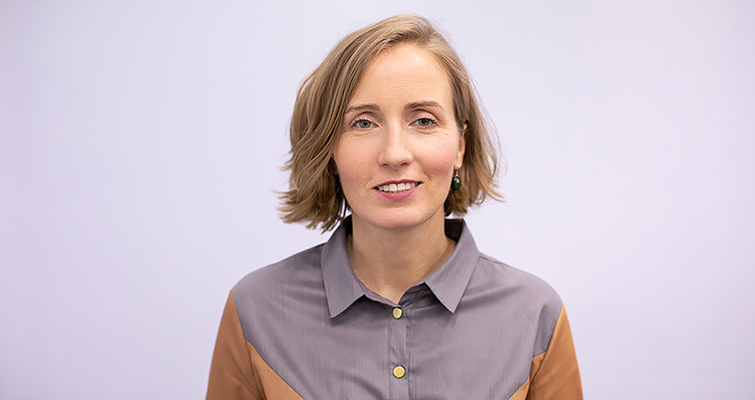
IGUMO hosted an online meeting with the #futureculturelab team. Students discussed the appearance of cities of the future and new possible formats of entertainment with Anastasia Evgrafova and Irina Danilicheva.
According to Irina Danilicheva, artist and researcher, urban space is changing constantly. Architects create unique buildings using the latest technologies and combining real and virtual worlds. Ms. Danilicheva offered the Institute’s students to look at several examples.
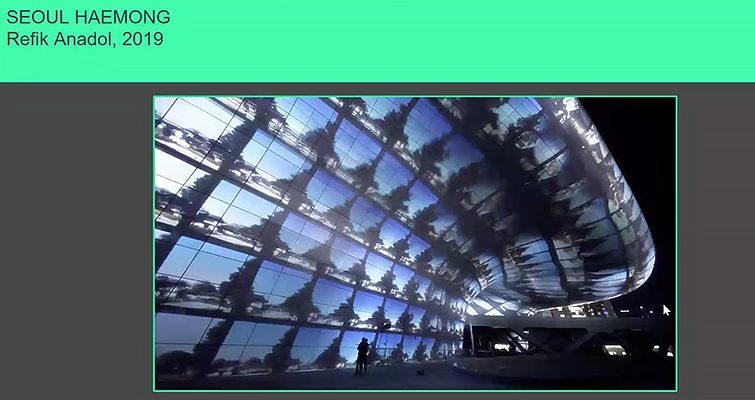
The Seoul Haemong building is a bright example of media architecture. It is fully covered with a projection of historical and modern photographs of the city and also has sound accompaniment. The building can interact with a person, tell the story of the metropolis, and transmit its unique rhythm.

Another project titled The Door turns an ordinary city into an interactive one. The authors propose to place the most typical door in the street. By opening it, people can see inhabitants from another country on the screen. They can wave to one another and send a message. The Door project makes long-distance communication possible.
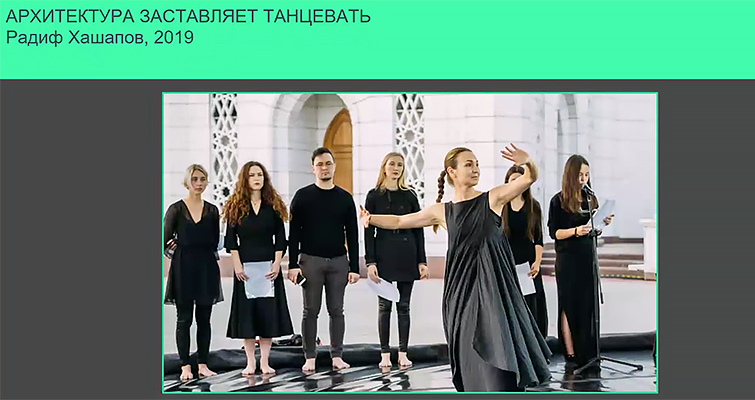
The city must play an important role in bringing the local community together. That is the goal of the Remote X project. When walking around the city as a large group and listening to music or podcasts together, people explore the urban space and discover new routes. A similar project called Dance Walking is based on the same principle. It also allows feeling the rhythm of the city through dancing.
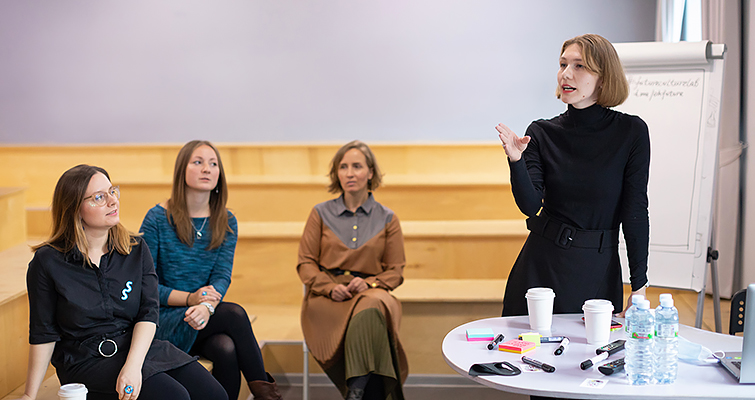
During the second part of the webinar, Anastasia Evgrafova, sociologist, psychologist, and trendwatcher, told IGUMO students about the new online opportunities that had emerged this year.
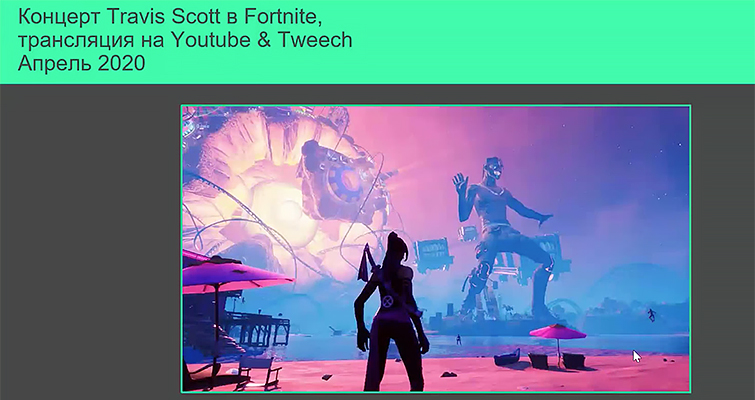
Such different things as computer games and music concerts were combined for the first time. In April 2020, Travis Scott’s performance took place in the popular computer game called Fortnite.

When real theatres were closed, it was time for virtual ones. For example, the Tovstonogov Bolshoi Drama Theater was recreated in the Minecraft video game. The theatre showed The Cherry Orchard play. It was almost a classical performance but with some free interpretation in intonations.
Minecraft also became a platform for tours. Stanford students recreated their university campus in a virtual space. Now anyone can take a walk through it in such an unusual format.
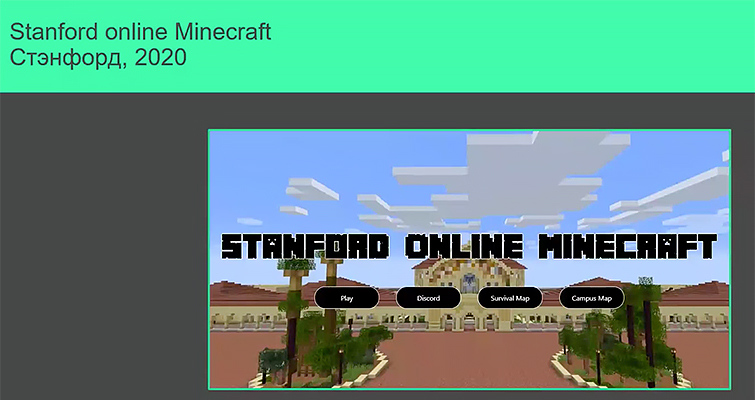
At the end of the meeting, students shared their impressions of the new online reality. Many of them emphasized the lack of live communication. Students also fantasized about what could improve the lives of all people in virtual space. They offered many ideas from teleportation to tactile interaction through virtual space.
Ekaterina Lee, Journalism and Publishing College of MKIK
Translated by Nikolay Gavrilov
07.12.2020Ïðîñìîòðîâ: Array

Marina
Volynkina






